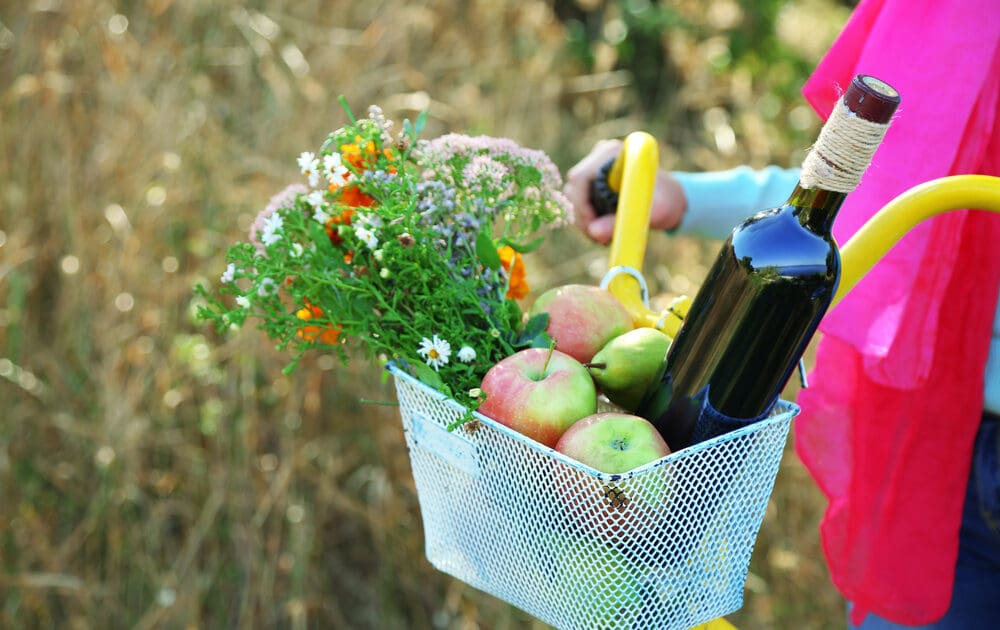This New Food Waste Solution is Completely Sustainable — and Fun, Too!

Food waste continues to be a huge problem in the U.S., where approximately 30 to 40 percent of food goes uneaten. But some cities have discovered a new approach to tackling this issue: food rescue. On a bike.
This campaign joins several other initiatives to combat food waste, from the global Think.Eat.Save campaign to Starbucks’ recent commitment to donating 100 percent of unused food to charity.
But the job is far from finished, and no effort, no matter how small, goes unnoticed.
The New Concept: Food Rescue on a Bike
In 2014, Tim Jenkins decided to create Seattle Food Rescue, a program that would facilitate the transport of healthy, wholesome, leftover food from stores directly to low-income residents in central Seattle via a sustainable, renewable resource – bike power.
“There is a cool opportunity to have a weird kind of economy going,” Jenkins told KUOW. “You just have people in the downtown area that recognize that this shop on the corner is going to be throwing out some food and there may be some other people who could take advantage of that fact.”
But while the idea is simple, its implementation is revolutionary. After all, Seattle is far from the only city tackling food waste in this way. In fact, it’s not even the first: Jenkins was inspired by a similar program in Colorado, Boulder Food Rescue, which so far has recovered more than half a million pounds of food for those in need.
Boulder Food Rescue is a member organization of Food Rescue Alliance, which has organized such volunteer programs in both Denver and Colorado Springs, and has also created a chance for interested parties, like Jenkins, to get involved in their hometown.
Here’s How to Combat Food Waste with Your Own Bike Food Rescue
Anyone with the desire to start a similar program in their city can download Boulder Food Rescue’s online guidebook, designed to help those interested in starting food rescues like this one, to get started.
The programs themselves are relatively simple in construction: volunteers sign up for an hour of time, during which they bike to smaller stores, which are often overlooked by food banks, to pick up any leftover food.
All of the food collected must be retrieved between 24 hours of preparation, and is protected under the Bill Emerson Good Samaritan Act, created in 1996, which excludes donors from liability (except in cases of gross negligence), to encourage food donation.
The pickups are then delivered directly to low-income residents at their homes, an element of the program that Jenkins believes removes the stigma of heading to a food bank or using food stamps.
“None of that is really present with this system. All you’re really doing is staying within your apartment complex,” Jenkins said.
As more of these smaller organizations crop up, with interested people looking for a concrete way to make a difference, door to door food rescue might become the food waste management solution of the future.
Related on Organic Authority
Speaking of Food Waste… Watch this ASAP [Video]
French Supermarket Food Waste Ban Inspires Similar Actions in EU
You Will Never Create Food Waste Again After Watching This Video
Bike with basket of fresh foodstuffs image via Shutterstock

